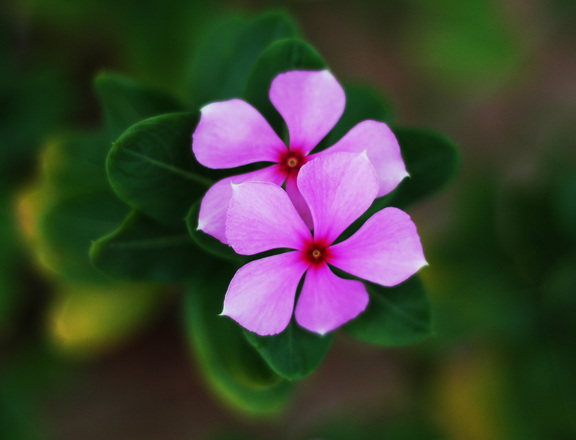How To Create Natural Product Intellectual Property
The longtime policy of the US Patent and Trademark Office (USPTO) to prohibit patenting of natural products is controversial because it has strong arguments both for and against. Now, the patentability of natural products has come under new scrutiny recently, as the USPTO recently offered a new guidance document regarding how natural products patent applications should be examined in response to recent Supreme Court decisions addressing the patentability of genes.
On one side, the lack of patentability for natural products allows for greater access to natural products in the form of foods and dietary supplements. The flip side is that the significant investments needed to adequately research and develop many natural products into what the medical establishment considers “evidence-based” therapeutic products are not protected without strong patents. The consumer choice could be viewed as either a completely high-quality bottle of plant extract with fantastic clinical research and validation costing hundreds of dollars and available only by prescription—or the model that we have for most natural products today: accessible and generally high quality, but not quite at the level of pharma.
This dichotomy has led to the pharma and supplement/food industries existing, in a sense, on different planets. And since patents are the critical requirement for large R&D investments, natural products often get left in the dust. Although natural product molecules form the underlying structural skeleton for the overwhelming majority of drugs, adding even a seemingly innocuous carbon group to a natural compound creates something that would never be found in nature, and could never be considered a food or supplement—but is fully patentable.
How can we bridge the gap between “evidence-based” therapies and high-quality, accessible products from natural sources? This remains as the billion-dollar question, one whose answer will hopefully be addressed by future innovations resulting from the new patent law.
According to the new USPTO guidance, patentable inventions based on natural products are those that are “significantly different” from natural products, principles and phenomena. How to interpret “significantly different” gets very complicated and is outside the scope of this post, but is described in some detail in the guidance. Here are some key examples given:
- Composition of multiple natural products that leads to a synergistic or unexpected effect.
- A process to create a composition containing two or more natural products.
- A process applying an abstract idea (such as a law of nature) to create a new practical application for a natural product.
While the USPTO guidance is still in a public comment period, there are many on the natural products drug discovery side who believe that the new rules will hurt development efforts. But there are others who believe that the new guidance will force inventors to be truly innovative and apply new technologies and processes to creating natural products, while continuing to allow Americans access to our trusted herbs at a reasonable price. This onion has yet to be fully peeled, but it will be interesting to see how this story develops due to its potential impact on our access to effective healthcare.
By: Blake Ebersole
This article was originally published in Natural Products Insider in March 2015.


Sorry, the comment form is closed at this time.